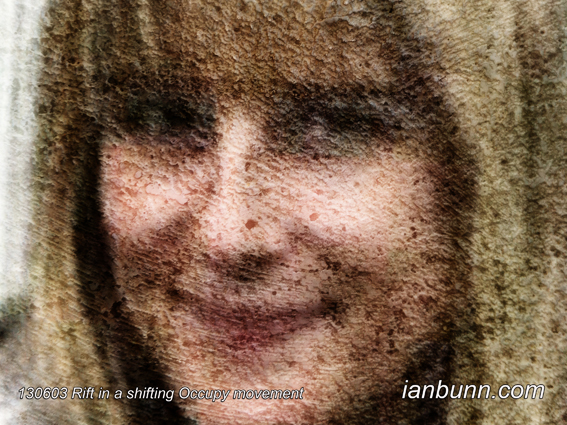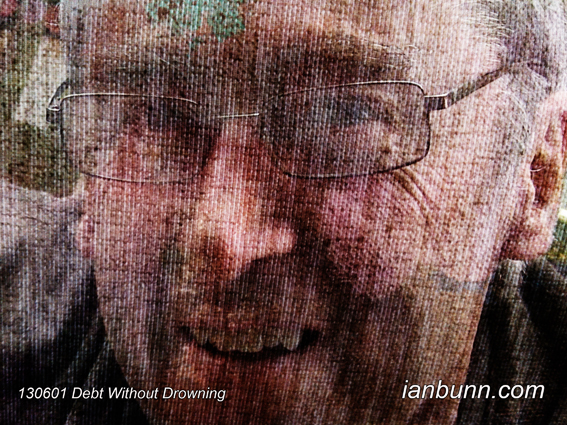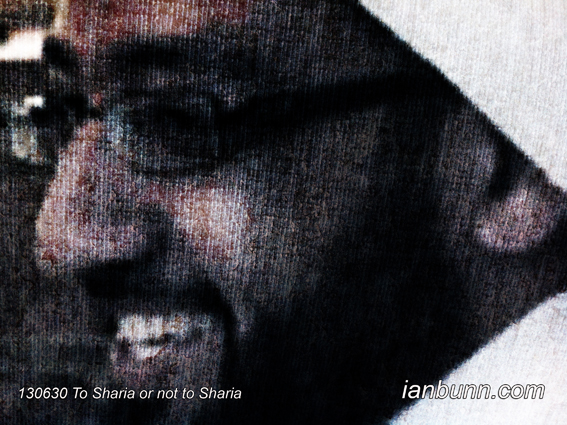 To Sharia or not to Sharia (June 30 2013)
To Sharia or not to Sharia (June 30 2013)
Mohamed Ghilan the Saudi Arabia born Canadian Muslim who writes articles relating to Islamic topics, theology, and philosophy of religion and science, has published an article on Aljareera titled ‘To Sharia or not to Sharia: The question of Islamopolitics’ in which he states “The Pew Forum on Religion and Public Life recently released their latest results from a survey of Muslims around the world on religion, politics and society. Although there is wide variability, it seems that most Muslims want Sharia (Islamic Law) to be the governing law of their countries and to play an important role in the political process. However, although the majority of Muslims agree on the general principle of applying Sharia, they do not seem to agree on what that term means. Given the diversity of understanding and sources one can be exposed to in the Islamic tradition, this disagreement should not come as a surprise. …The human element must be brought to the forefront of this conversation. The way in which Islam is being considered the driving force behind Islamopolitical movements as if it is an autonomous agent removes accountability from the people within those movements. While their desire for economic and social reform is commendable, their approach is highly questionable. …The current struggle is between rationalist Muslims who want to bring forth the Islamic tradition in its complete spectrum and dogmatist Muslims who think classical political works written in completely different contextual realities have some divine quality or sanctity to them. More importantly, Muslims need to come to terms with the fact that progress is not going to come from political parties that exploit the population’s emotional connection with Islam as a means to gain power.”
Inspired by Mohamed Ghilan, Aljazeera ow.ly/lMHfv Image source Mohamed Ghilan ow.ly/lMH8Z
![Dave de Leeuw the 31 year old Dutch artist painter and video installations has been interviewed by Homa Nasab for an article published in Blouin Artinfo titled ‘Q&A with Dutch Artist Dave de Leeuw’. During the interview Leeuw states “Birth, life and death are always quite astonishing experiences, but I like to step out of my perishable self and see a slightly bigger picture. When I see both the sun and the moon in the sky I have this natural urge to figure out the true proportion of this phenomenal triangle of celestial bodies. When I manage to do this and I feel the burning heat of the sun on my face I can experience a fraction of the sheer power and greatness of the universe. And then, I can put my existence in a more realistic perspective again for another day or so. Sometimes I wonder if this is real, because if it is not, then it could be art! …[When asked who was the most influential person in his life, Leeuw stated] Andre Franquin (1924-1997), a Belgian comic artist most famous for his Gaston and Spirou series. As a kid I used to read his comics every night before I went sleep. I remember his drawings as the first works of art that fascinated me. I stopped reading the story to watch the amazing lines he used to make his fantasy world come alive. I didn’t undestand properly how this was possible but I knew this was something I wanted to do too. …The best thing about the art world is the stage you get to show your art, to share the thoughts and feelings you put in your work with others and let them experience this in their own way. …The responsibility of artists is to produce an artificial experience of their ideas and/or feelings. Not only for entertainment, but most important to provoke the mind.” Inspired by Homa Nasab, Blouin Artinfo ow.ly/lMFAE Image source davedeleeuw ow.ly/lMFmS](http://www.ianbunn.com/wp-content/uploads/2013/06/130629dcU60.jpg)
![C Robert O'Dell the American physics and astronomy professor has been featured by Rick Docksai in an article published in the Science Recorder titled ‘Ring Nebula is expanding at 43,000 miles an hour, according to Hubble’. Docksai states “The Ring Nebula apparently has been misnamed: It’s not a ring at all, but a football-shaped jelly doughnut. …Scientists [had] concluded that this nebula has a hollow middle and ring-shaped—hence came its present-day moniker. But the latest analysis, led by Robert O’Dell, …arrived at a wholly other conclusion. The nebula’s center is quite full, O’Dell and his team state. However, varying patterns of motion may cause the middle to look unlike the rest of the nebula from our vantage point, and hence some of the visual illusion. The entire cloud is expanding by more than 43,000 miles an hour, but the growth is even faster at the center than it is in the outer ring. Consequently, the middle is much lower-density than the rest of the nebula. The Hubble images that O’Dell and his team used are the highest-precision views of the nebula taken yet. While earlier observations had identified the presence of gaseous material in the center, none had gathered all of the detail of this latest Hubble presentation, such as the star that is indeed at the center—though it is now dying. The nebula measures just one light-year across, so it’s compact enough that this one star’s end-of-life expansions and contractions could stand out prominently to observers here on Earth, even if those observers were using eighteenth-century telescopes. In fact, this dying star is probably what brought the nebula into being in the first place. Scientists designate the Ring Nebula a “planetary nebula,” which means that it forms out of the gas and dust that emanates from a star that’s fading out. While this nebula’s star will continue to shine for a fairly long while by human time, scientists say that it is definitively on its way to white-dwarf status.” Inspired by Rick Docksai, Science Recorder ow.ly/lMDlV Image source Vanderbilt ow.ly/lMBEF](http://www.ianbunn.com/wp-content/uploads/2013/06/130628dcU60.jpg)
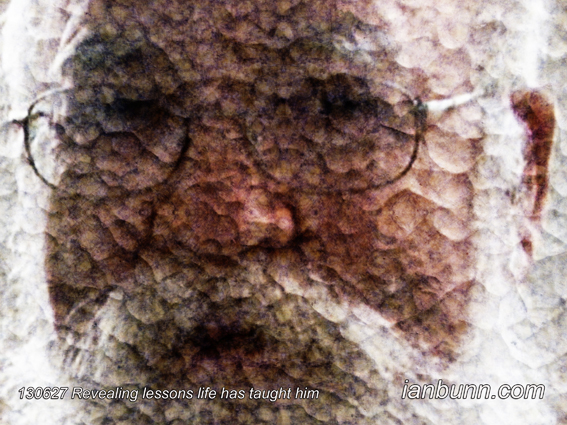
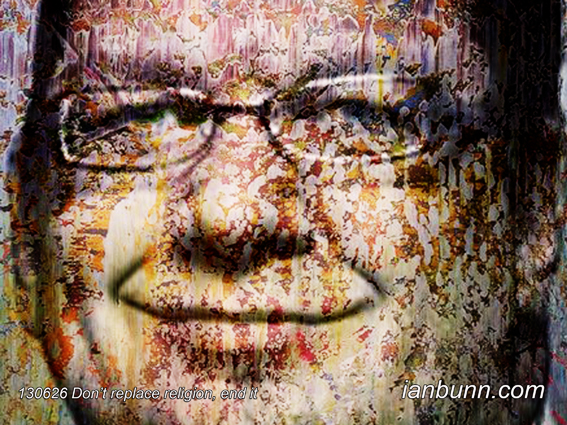


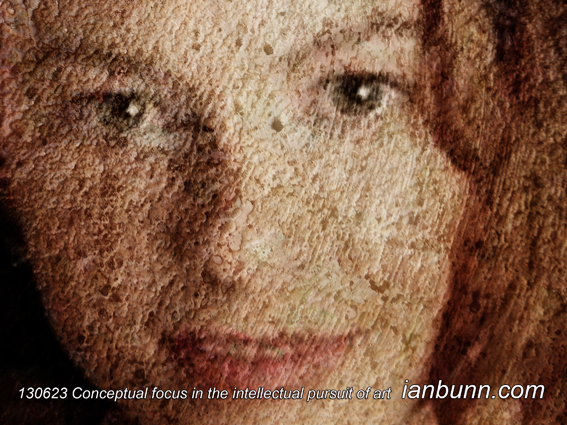
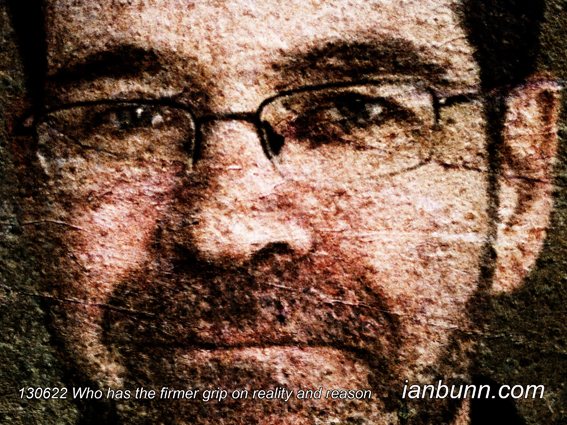
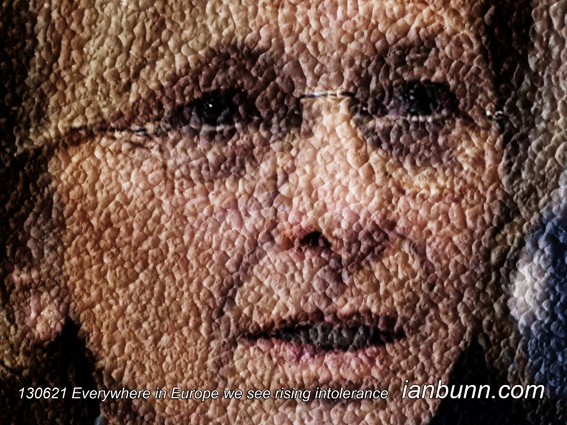
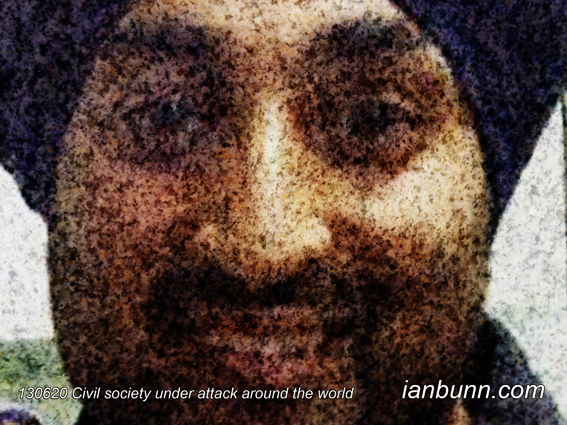
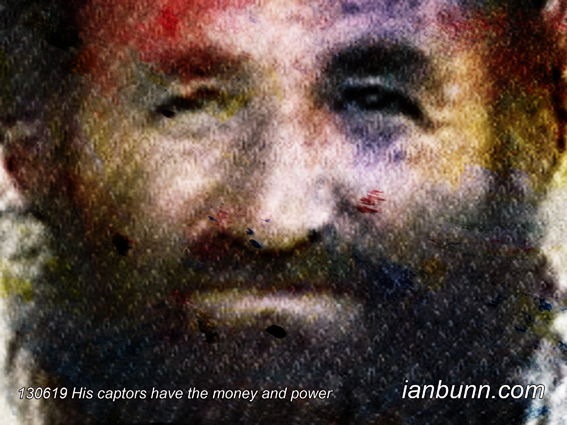
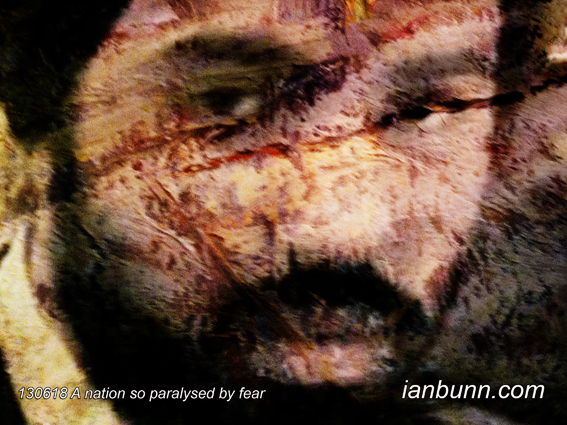

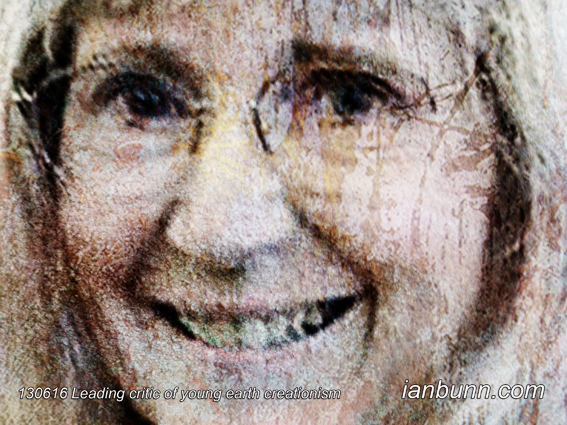
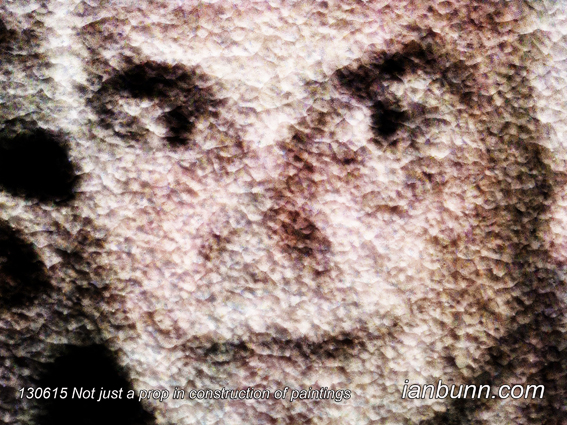
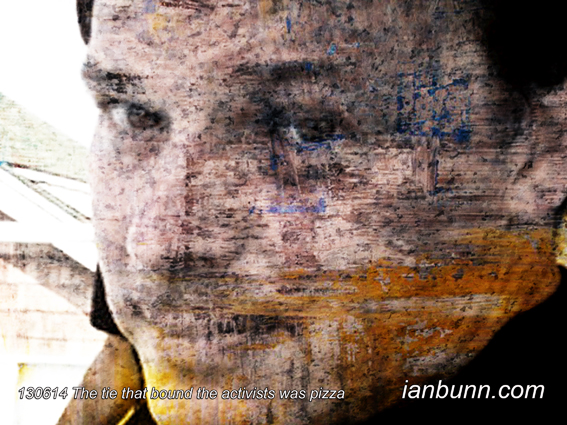
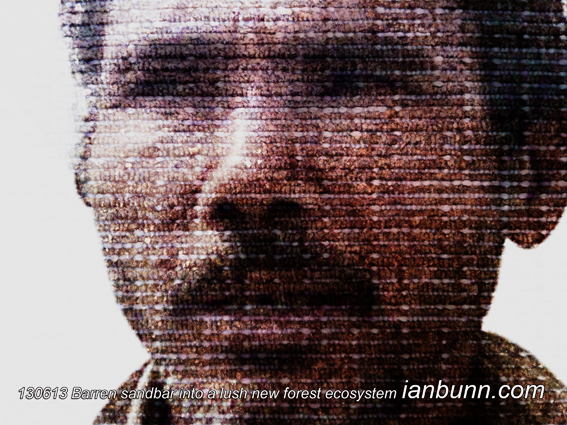
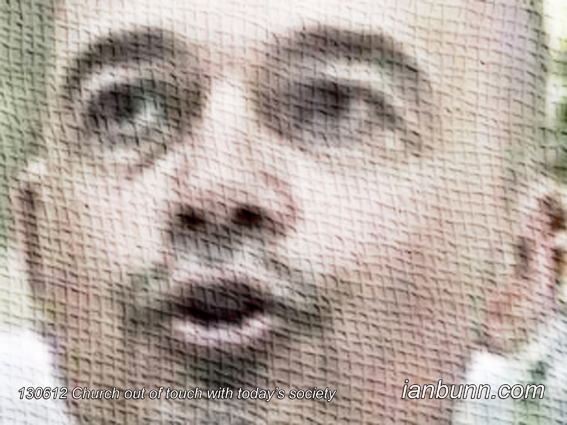
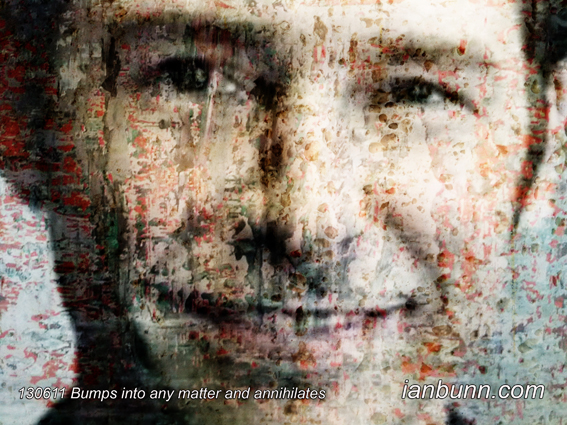

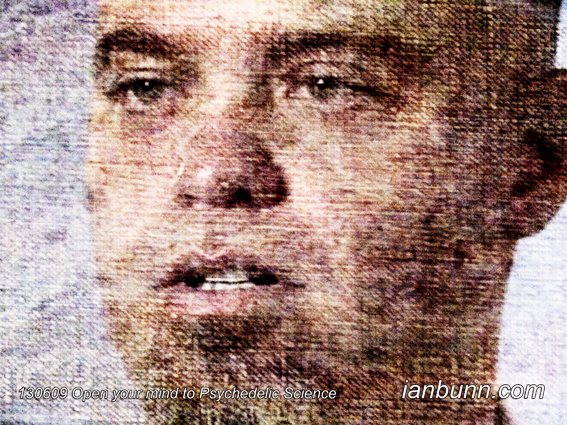
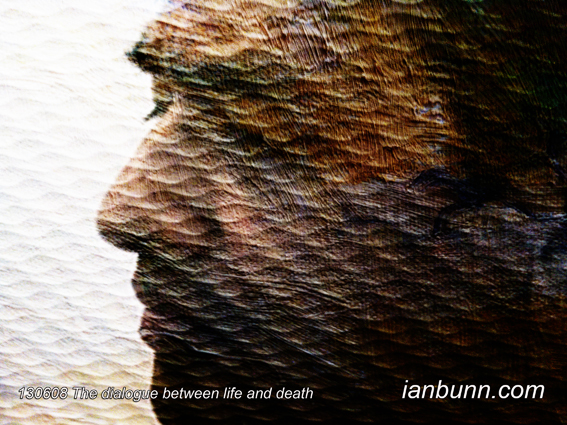
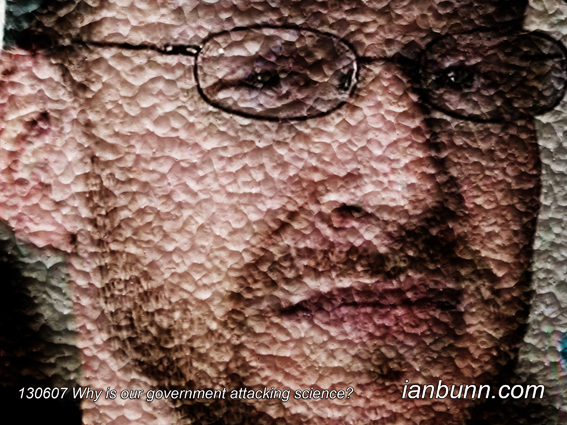
![Jose Parla the 39 year old American contemporary artist painter who assumes several roles in order to create his work; acting as a historical transcriber, and a visual raconteur. Parla has been interviewed by Sara Roffino for Blouin Artinfo in an article titled ‘28 Questions for Narrative Painter Jose Parla’ in which he states in reference to The Wrinkles of the City project in Havana Cuba “is a unique collaboration project [with JR] that involves many components such as location scouting, photography, and painting. Together we created 20 murals throughout the city of Havana. Each mural is dedicated to an elderly woman or man. The project as a whole pays homage to the years or experience and physical appearance of the wrinkles of people’s faces in comparison with the deteriorated walls of Havana that show their own wrinkles representative of the struggle in life, the joy and smiling, all of the layers of the memories in their lives. JR and I both randomly met people in Havana by walking the neighborhoods and asking them to participate in our art project... We collaborated on the composition of the pictures on the murals and later pasted them the size of buildings through Havana while I later painted them by layering transparencies of color on the pictures as well as incorporated my calligraphic style, the stories of each person into the composition of each painting. This project began interacting with the public as soon as we started to work in front of everyone. Many people wanted to talk and ask questions and to be involved in the project. In Cuba there is no advertisement and in the 54 years since the revolution, most of the images you see in the city are of political icons…. For us to make 20 murals of random people was a big deal for people there…” Inspired by Sara Roffino, Blouin Artinfo ow.ly/l5rQb Image source Nuart ow.ly/l5rFQ](http://www.ianbunn.com/wp-content/uploads/2013/05/130606dcU60.jpg)
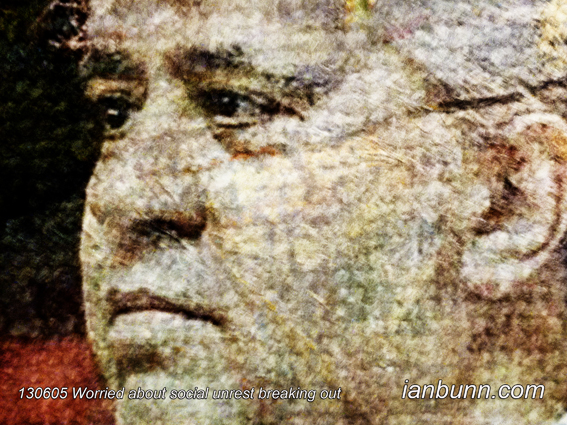
![Divina Frau-Meigs the 53 year old Moroccan professor in information science and communication and language has been interviewed by Clarinha Glock for the IPS News Service titled ‘Schools need Transliteracy’ in which she states “It [transliteracy] is knowing how to read, write, calculate and compute. But “compute” includes understanding these three categories of information: code, document and current events/press. Students and teachers must be trained. The role of school is to clarify and help people understand all kinds of contents, modify them, and comment on them. …Students think they know everything, from their perspective of dealing with computers and tablets. And professors say that if students have good knowledge to read and write, it is enough. It is necessary to break down this resistance to awareness-raising, in hands-on practical classrooms. For example: I ask students to look for the information they need for their projects. They respond: “There are millions of pieces of information, I don’t know where to start.” Teaching students to eliminate, evaluate, assess, change – that is the role of schools. It’s a way of learning to learn, which is what we must put again at the centre of the curriculum. …Transliteracy doesn’t only occur in schools. School rhythms are changing, because students can now connect at night, outside the school premises. The role of teachers will also be different. Their salaries must be enhanced, but knowing what they need in terms of training, and the new conditions of schedules, rhythms and resources. The decision must be assumed by teaching staff, government ministries, trade unions, companies and students – as a new social contract. …Since the 19th century, the social contract has been free, public – even though many schools are private – and secular education. And another characteristic has to be incorporated: “open” – through informatics, which gives access to many contents from other countries and cultures. With informatics, ideas can be developed to the maximum. And if we use it well, it can empower everyone…” Inspired by Clarinha Glock, IPS News ow.ly/l33Ri Image source Frau-Meigs ow.ly/l34fd](http://www.ianbunn.com/wp-content/uploads/2013/05/130604dcU60.jpg)
